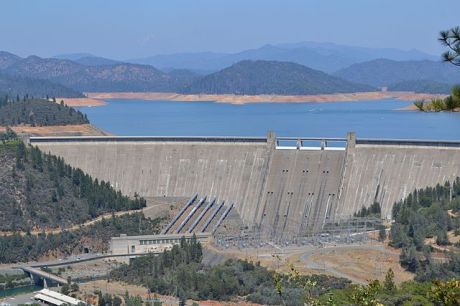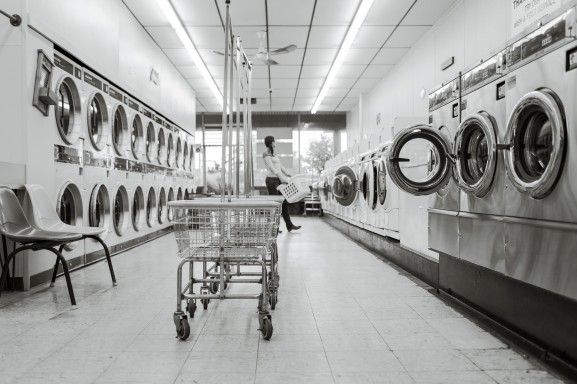Even with an El Nino and the wettest March on record, the prognosis of California’s drought is mixed. In Southern California, El Nino has been a disappointment, but parts of the state have been thoroughly drenched.
The Sierra Nevada snowpack, which provides almost 30% of water used in California, is at about 87% of it’s long-term average. An encouraging sign, but with climate affecting how the snowpack accumulates and melts, the Sierra Nevada snowpack is an unreliable source of water long-term.

Reservoirs in Northern California are filling up, but smaller reservoirs in the southern part of the state remain at low levels. Lake Shasta, the state’s biggest reservoir and a key water supplier for the Central Valley, is just below historical average, and with recent storms, was filling up so fast that the Federal Bureau of Reclamation had to ramp up releases from 5,000 cubic feet per second to 20,000 cubic feet per second, the first time that the bureau has released water into the Sacramento River at such a rate since 2011.
Folsom Lake, another northern California Reservoir, is currently at 115% of it’s average, and as such, the San Juan water district has switched to a 10% voluntary conservation target, abandoning the state’s targets. Other water-rich districts have asked the state to ease conservation demands. This public perception of water abundance, at least in parts of the state, is not entirely accurate, and California’s drought and water usage is a statewide, not regional, issue. The US drought monitor shows much of central and southern California to be in an “exceptional drought.”
In fact, according to most experts, it will take years for California to rebound from this historic drought. The state’s groundwater aquifers have been heavily used during the drought, mostly by farmers drilling wells in the Central Valley. Water tables dropped by 50 feet in some areas, causing the land surface to sink which in turn leads to other problems, such as buckling roads. What’s more, Central Valley farmers pump water out of the ground faster than the aquifers can be replenished even in wet years. Although the state’s reservoirs are, on the whole, rebounding, many are still at levels far below their long-term averages. Moreover, drought is not only a meteorological condition, but is also when demand for water exceeds supply. California uses too much water, and conservation efforts are extremely important for the future, regardless of any El Nino.









